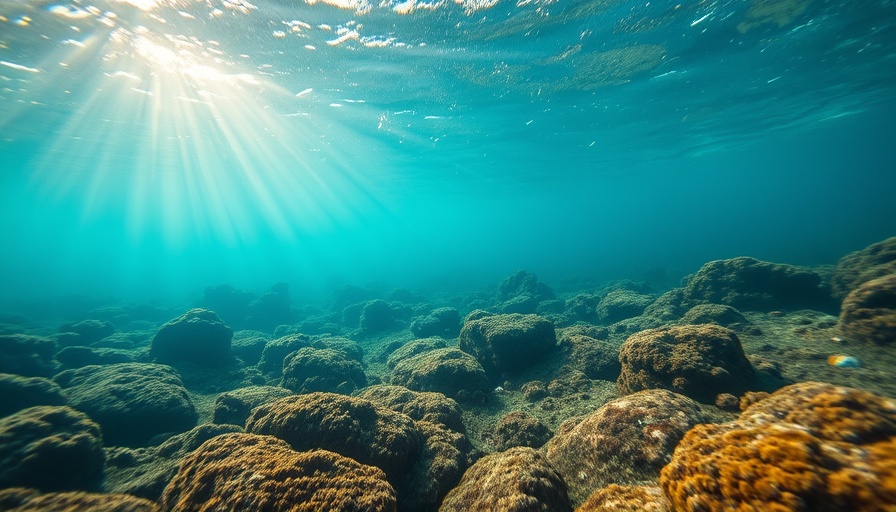
Reimagining Sustainability: The Need for Collective Action
In the quest for a sustainable future, it's evident that individuals, businesses, and governments must unite to overcome the inertia that has plagued past efforts. Despite decades of advocacy for sustainability, tangible progress remains elusive. The current systems—economic and organizational—often stand in stark contrast to the principles of sustainability we espouse.
Systemic Failures: Addressing the Disconnect
As noted by the Scottish philosopher Adam Ferguson, societies are products of human actions rather than mere designs. Our economic frameworks have become oligarchic, enabling multinationals to hoard wealth while externalizing environmental costs. This create a societal disconnect where climate change, biodiversity loss, and social inequality are being dismissed or ignored.
Research indicates that ineffective organizational structures contribute to this impasse. In countries like Germany, companies lose an average of 20% of potential productivity due to rigid hierarchies that fail to adapt to the fast-paced, complex demands of modern society. Those wanting to foster sustainability must break free from traditional bureaucratic models to cultivate responsive and collaborative environments.
A New Vision for Organizational Structures
The concept of a 'Professional Organization' presents a viable alternative. Such organizations thrive in unpredictable markets by fostering shared visions and encouraging participation, creativity, and teamwork. They engage employees in decision-making, integrating various perspectives to enhance their operations. Inclusivity and flexibility become paramount, allowing organizations to respond effectively to stakeholder needs while maintaining independence and leveraging diverse talents.
By devolving power and promoting task specialization, organizations can tailor roles to individual capabilities, ensuring everyone contributes meaningfully to the journey towards sustainability.
Innovative Business Models: Shaping the Future
Transitioning to a sustainable economy necessitates rethinking traditional business models. Successful examples illustrate how organizations can merge profitability with societal value. The emergence of ecosystem collaboration, where businesses, governments, and communities work towards shared long-term objectives, showcases the potential of combining resources and knowledge to drive systemic change.
Companies like Ecosia and Bosch exemplify this trend, prioritizing missions that extend beyond mere profit-maximization. These steward-owned models place community welfare at their core while facilitating robust economic health, demonstrating that success doesn’t have to come at the expense of environmental and social responsibility.
Creating Partnerships for Lasting Change
In a rapidly changing market landscape, the ability to form flexible partnerships is essential. This brings us to the innovative concept of 'zipping'—where organizations maintain autonomy while collaborating effectively with others. Just as a zipper interlocks fabrics seamlessly, organizations can connect their strengths to adapt swiftly to market demands without compromising their unique identities.
Successful collaboration hinges on understanding organizational cultures, aligning strategies, and clarifying roles and responsibilities. By nurturing these relationships, companies can optimize their operational structures and achieve greater sustainability outcomes.
Join the Movement Towards Sustainability
The path to a sustainable future is fraught with challenges, but by adopting flexible models that embrace collective value creation, we can make significant strides towards an equitable and enduring society. It's time for all stakeholders—individuals, organizations, and governments—to take proactive steps. Let's harness innovation and collaborative spirit to build a world where sustainability is more than a goal—it's a reality.
Interested in making a difference? Embrace these insights and adopt new practices within your own organization to contribute to a more sustainable future.
 Rij toevoegen
Rij toevoegen






Write A Comment